When it was time for recess at the Gay Head School, students would rush out of the little red house and make their way to a pond right outside. In the summer they would dive into the water, frosted with thick water lilies, and try to catch slippery pollywogs between their fingers. When the pond froze in the winter, students would bring their skates and glide on the ice before huddling around an electric hotplate, sipping the Campbell’s tomato soup their teacher prepared for lunch.
These activities took place nearly 75 years ago. In 1968, the Gay Head School closed due to low enrollment. At the time, many Gay Head residents were moving off-Island to make a living and they took their children with them.
Since then the pond has dried up and the classroom is now home to the Aquinnah Public Library.
Last week, six former students, now elders of the Wampanoag Tribe of Gay Head (Aquinnah), gathered in the Aquinnah town hall to talk about the school’s history and the impact it had on their lives. The event was hosted by the Aquinnah Cultural Center.
David Vanderhoop, the executive director and co-founder of Sassafras Earth Education, said he remembers insisting on walking with his older brothers to the school, sometimes during snowstorms, just so he could spend a few minutes in the classroom before he was old enough to attend.
“That’s how bad I wanted to get educated,” Mr. Vanderhoop said.
Kids in six different grades would gather together in one classroom in the schoolhouse. They were taught arithmetic, English, social studies and penmanship. Students also listened to oral Wampanoag legends about the Witch Pond and making of Devil’s Bridge.
Aquinnah town administrator Jeffrey Madison said it was a place where Aquinnah Wampanoag children were taught to be proud of who they are. Once a week, the students would have pottery classes taught by Wilfred White. She gathered clay from the Gay Head Cliffs and showed the students how to make their own cups for soup. A Gazette article from 1958 describes Mrs. White using a hairpin to trace a student’s design while teaching them to make her designs bold and unapologetic.
“The hairpin immediately caught the attention of practically everyone, and a polite clamor went up for hairpins, causing the near-undoing of Mrs. White’s hair arrangement,” the 1958 article reported.
When the school closed down, the Aquinnah students were bused to the Tisbury School. For many, this was their first time down-Island. Doug Vanderhoop said it felt like he was being sent to a bustling city.
“I mean this was big time,” Doug said. He turned to his older sister, Cynthia Vanderhoop, who nodded in agreement.
The Gay Head students had traveled down-Island before, but mostly just for fieldtrips. Their teachers would take them to the bank in Edgartown where they would learn the basics of saving money.
The Wampanoag elders said it was a hard and abrupt transition and wished they could have stayed at the Gay Head School.
Kristina Hook said she remembered getting off the bus on her first day at the Tisbury School when she heard someone call her a “dirty Gay Head Indian”. She recalled the year, 1965, when many schools throughout the nation were integrating for the first time during the height of the civil rights movement.
Ms. Hook said that growing up in Aquinnah meant she was part of a community of strong Wampanoag people. When she went to the Tisbury School and interacted with the rest of the Island, she saw for the first time how many in the world treated indigenous people.
“We maybe didn’t even understand until we got to Vineyard Haven that we were still ‘lower than,’” Ms. Hook said.
Mr. Madison said he had a particularly difficult time at the Tisbury School. He recalled his teachers referring to him as “that colored boy.” A teacher slapped his face for not listening to a lesson because he had already learned the curriculum three years prior.
Mr. Madison said the white students could also be cruel and often call him “Chief”.
“It was not a term of respect and I didn’t answer to it,” Mr. Madison said.
When disputes broke out, Mr. Madison said his teachers would give him detention and let the name-callers off the hook. He was also placed in a D-class section, where students with learning disabilities were kept separate from the rest of the school. Ms. Hook said the Tisbury teachers also held her back because they said she wasn’t socially developed.
When asked whether or not the Tisbury School intentionally placed Wampanoag students behind, David Vanderhoop said he thinks the school didn’t want them to appear as smart as the white students. He said on his first day at the Tisbury school, he excitedly raised his hand to tell his teacher that he had already finished his math workbook. Instead of applauding him, his teacher wacked his desk with a ruler, just missing his hand, and scolded him for working ahead of the class.
“That was my initiation into my downfall of education because after that I didn’t care enough about education,” Mr. Vanderhoop said. “I was met with such aggression.”
The elders said at the Gay Head school students learned at their own pace and they felt that their growth as individuals was supported. They spoke about their former teacher, Helen Manning, who taught at the Gay Head School from 1956, a year before the school was painted red, until it closed.
“Not only did you learn about the workbooks, but Helen had the knowledge,” David Vanderhoop said. “Helen had the knowledge of the land and the people that she had grown up with that she would share with us.”
A few days before the Gay Head School closed, Ms. Manning took her students to Menemsha Pond for a picnic. Students raised $12.15 to purchase hamburgers and knockwurst for their final celebration together.
There were openings at all the other Island elementary schools when the Gay Head School closed and Ms. Manning chose to teach in Oak Bluffs, where she stayed for 16 years. Before she died in 2008, Ms. Manning told the Gazette that she felt younger generations of Wampanoag children didn’t appreciate their heritage once the Gay Head School closed.
“The sad part was that the Gay Head children didn’t mind, because they didn’t want to be thought of as different,” Ms. Manning said in an article published on March 29, 1985. “I know that is an adolescent trait, not wanting to be different. But it was so sad that these children had no pride in their heritage. There is so much that they could have learned about themselves but didn’t.”
Mr. Madison said he has seen education grow to be more respectful towards Native American students since his time at the Tisbury School. But he stressed the need for persistent advocacy.
“My grandchildren have gone to the high school and gone to the West Tisbury school and they have had for the most part a wonderful educational experience,” Mr. Madison said. “We’ve come so far from the days when Gay Head children were not provided the respect of human dignity . . . but the times require thoughtful analysis of that school.”

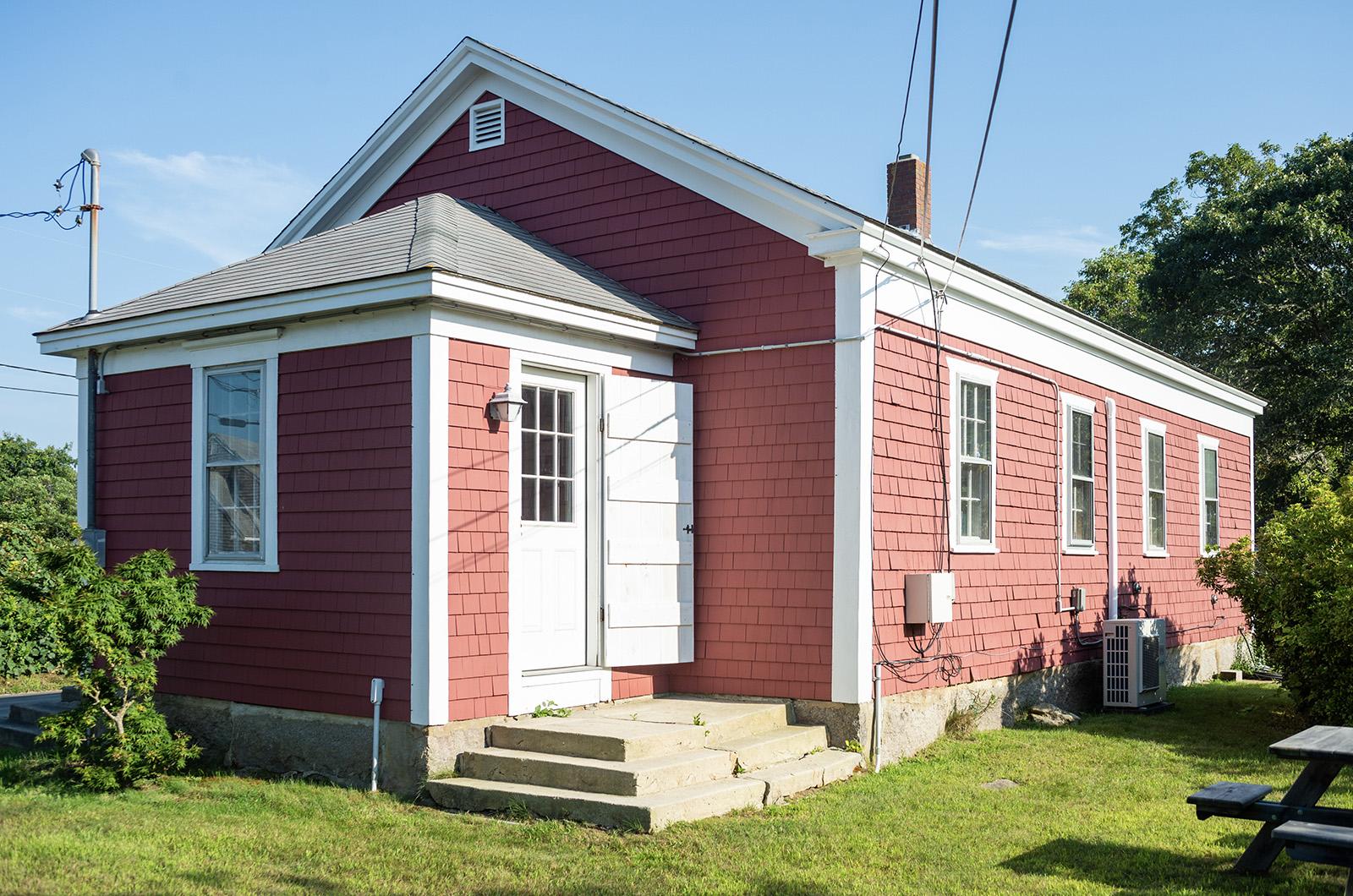
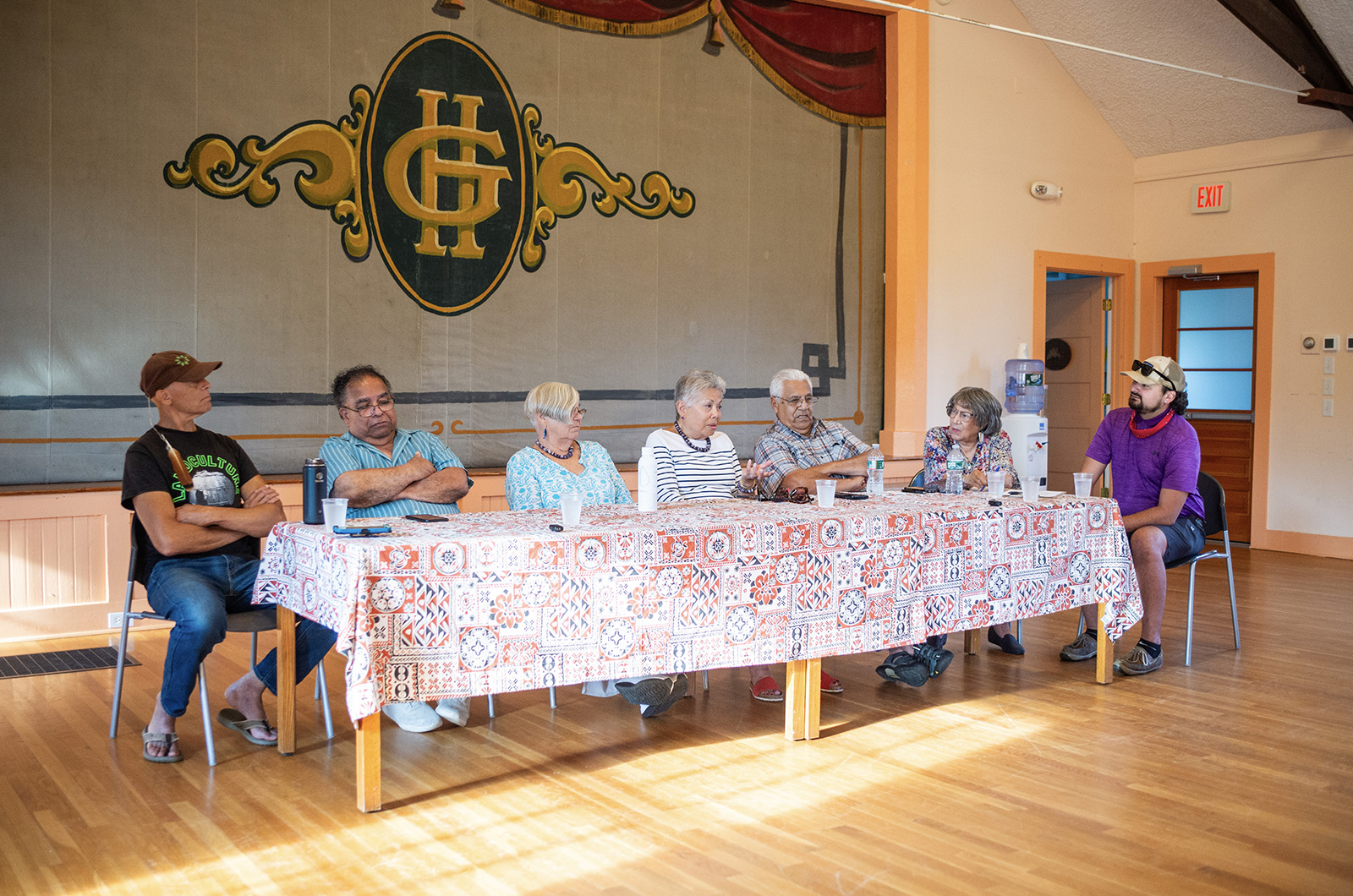
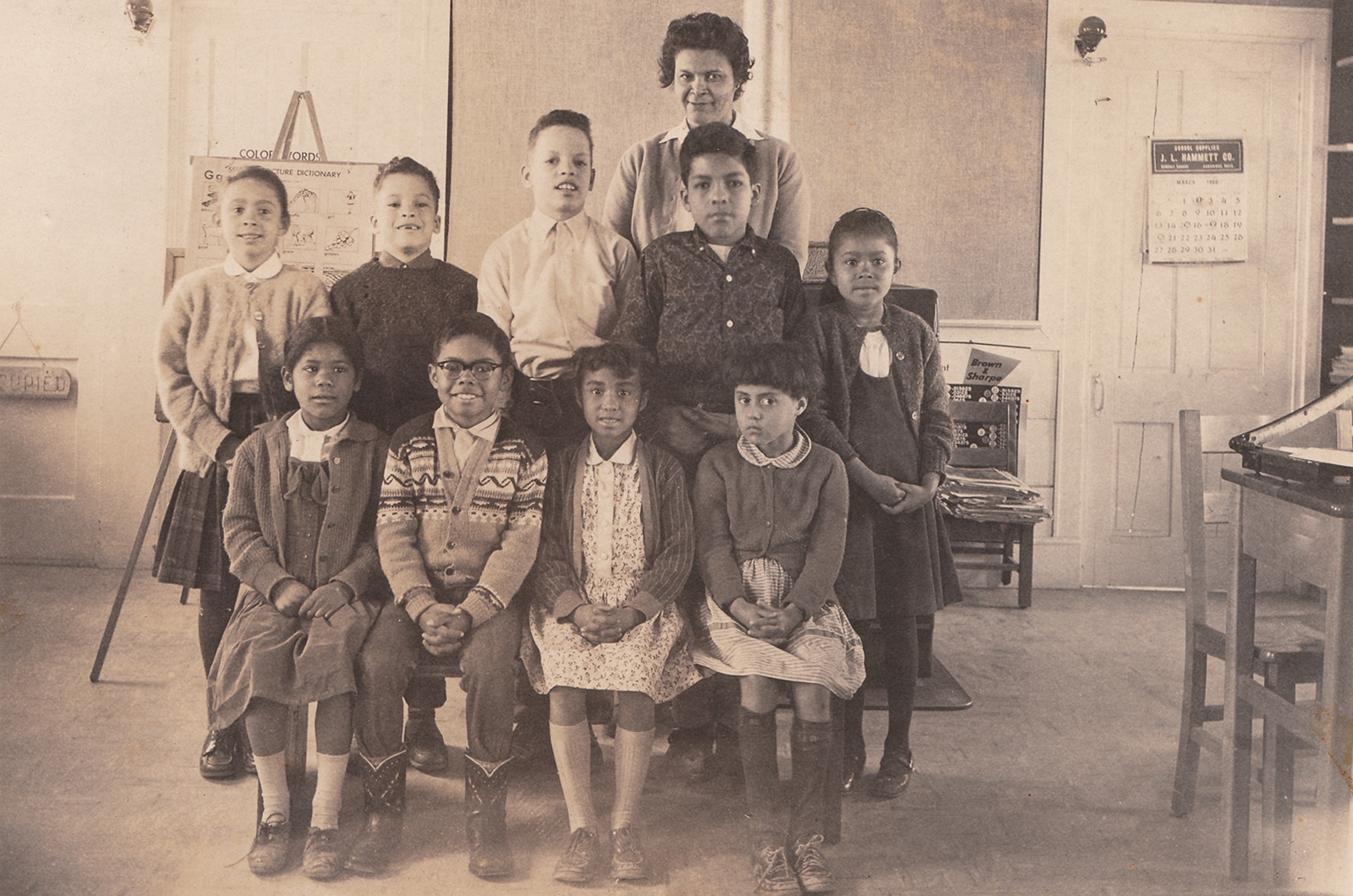
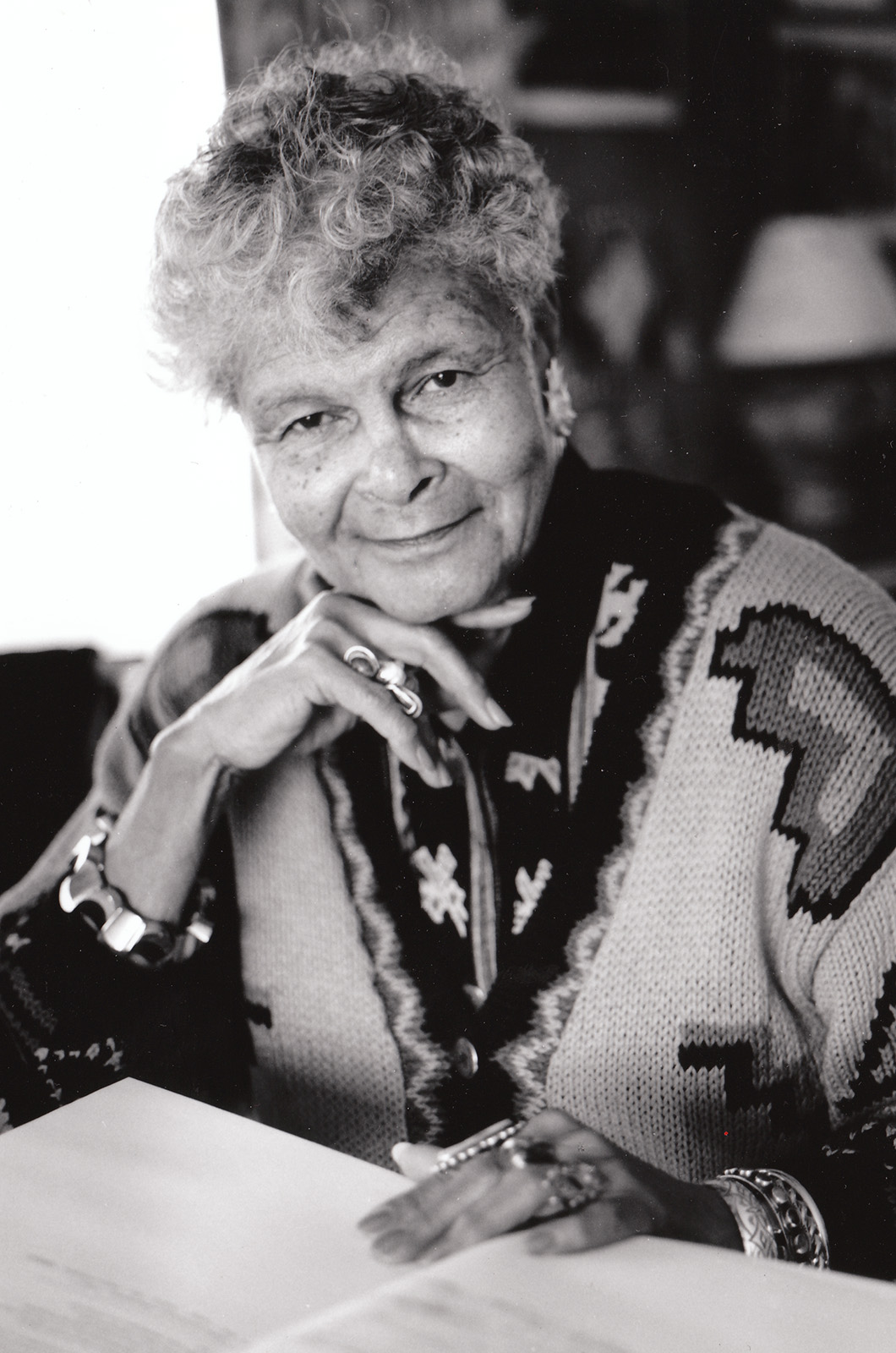
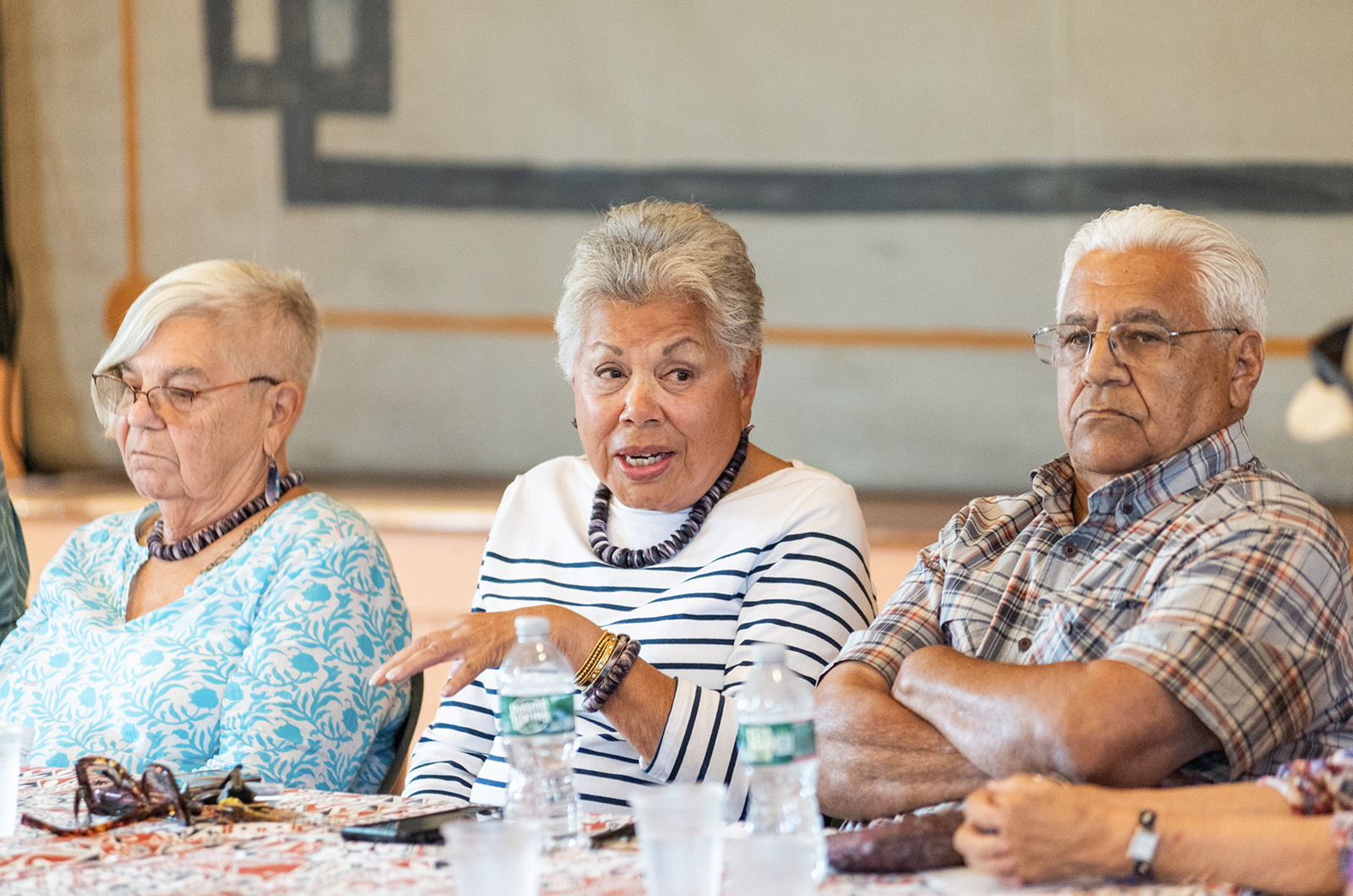





Comments (2)
Comments
Comment policy »